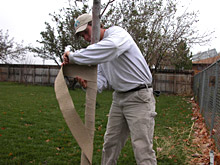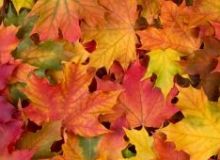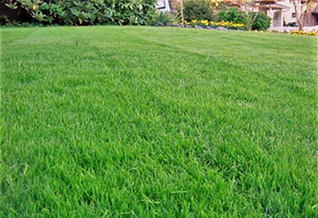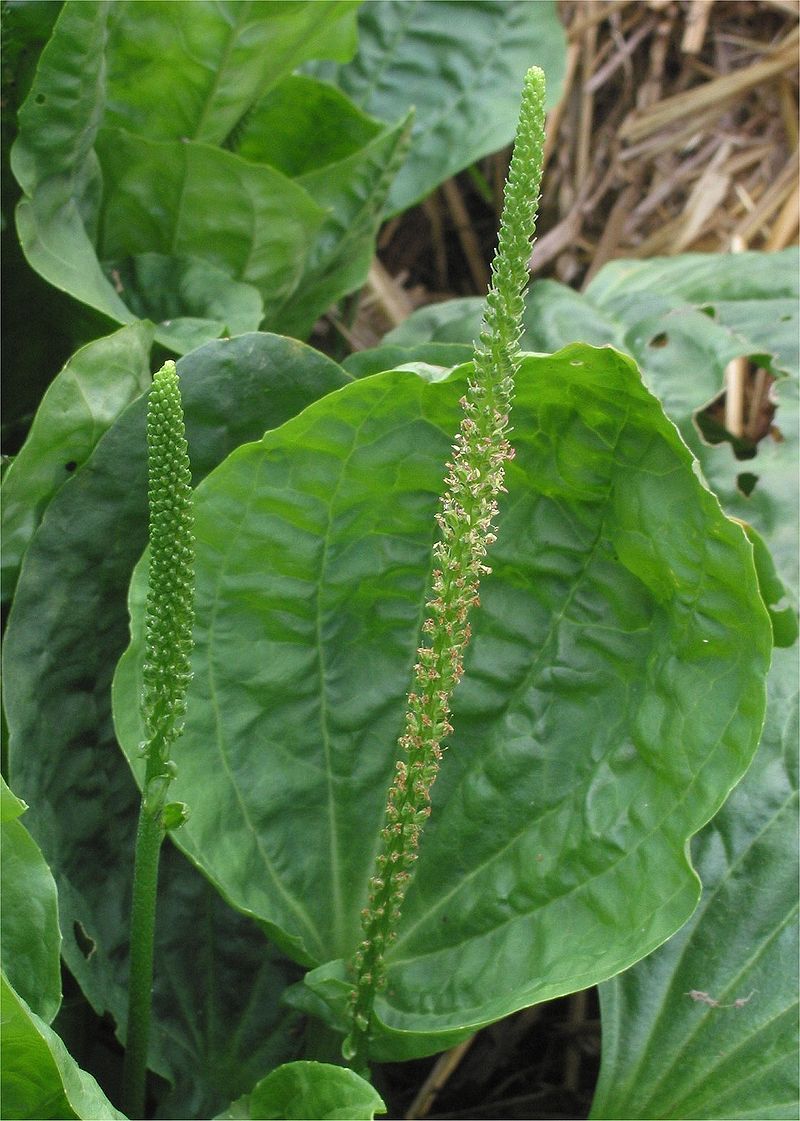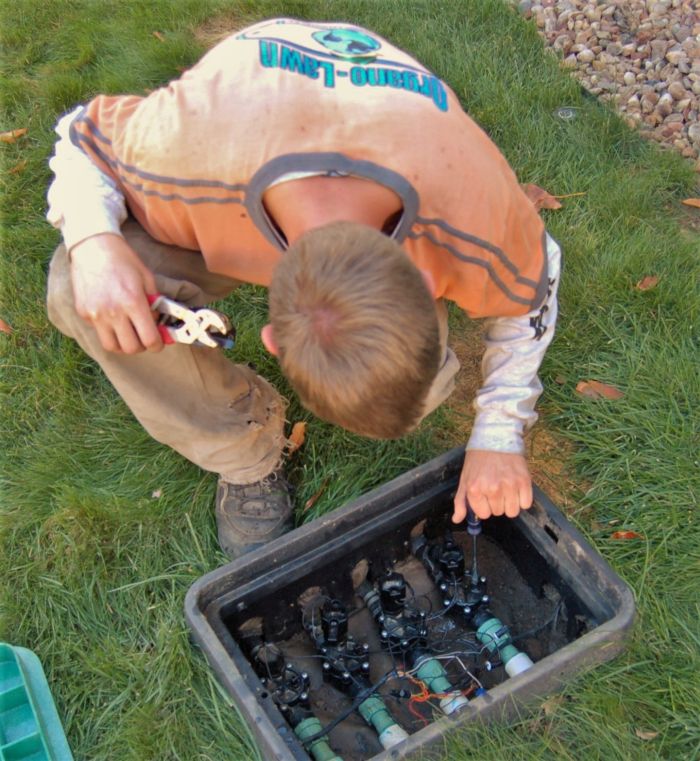Fall Lawn Care Tips
Fall is a very important time for lawns. As the season comes to an end the lawn begins to prepare for dormancy. Fall lawn fertilization is very important and is often considered to be the most important application of the year. We always recommend using a plant based 100% organic nitrogen source, because organic nitrogen is naturally slow release and will feed the grass slowly over the entire winter. During the fall it is important to cut back on the watering to allow your lawn and trees to begin preparing for winter. If you have been following our 1-2-3-2-1 lawn watering technique, you should be only watering 1 day per week. The outside temperatures are much cooler and there is less demand on the turf. You should only water your lawn once per week when temperatures are below 70 degrees Fahrenheit. This technique will promote deep digging grass roots.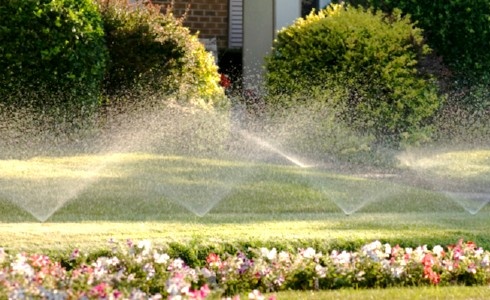
Fall Lawn Mowing
Until the final mow of the year you should continue to mow on the highest setting of the mower or at least 3 inches. For the final mow of the year and only the final cut of the year, you can lower the cutting height to 2.25 inches or 2.5 inches. It is beneficial to mulch a small amount of leaves into the soil as long as they are not accumulating on the lawn.Fall Lawn Fertilizer Application
A fall lawn fertilizer or lawn winterizer is an organic slow release fertilizer that will feed the lawn through the winter. We only recommend using a slow release (water insoluble nitrogen) fertilizer. Avoid products that are fast release (water soluble nitrogen) like Scott’s. We apply either our Pax Terra Plus organic fertilizer or our Synergy with corn gluten meal. These applications are typically performed in October; both will feed the lawn over the entire winter. Typically 70% of the fertilizer is used during the winter and 30% will be available in the spring for an earlier recovery.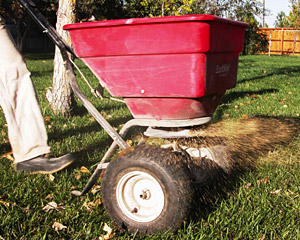
Fall Lawn Aeration
It is recommended to aerate your lawn if it is not dormant and your soil is soft enough to pull a 2-3.5 inch plug. This will allow nutrients and water to penetrate deep into the root zone and avoid soil compaction. Ideally, you want the aeration done at the same time as the winterizer application; it will help work the fertilizer down into the soil.Fall Seeding for Lawns
The ideal time to seed a lawn in the Boulder and Ft. Collins area is around August 10th – September 1st. Late summer or early fall lawn seeding is the time of year with the highest success rate with the highest germination rates. Our top-seeding package includes aeration, humate, and Rain Maker.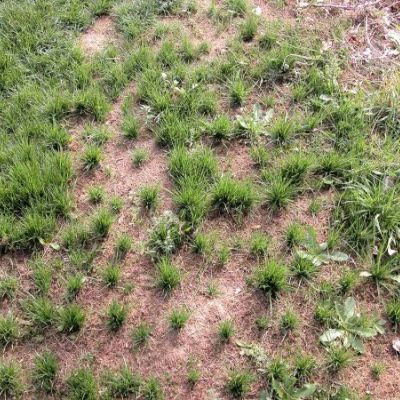
Necrotic Ring Spot Fungus
Be aware of the fungus called Necrotic Ring Spot that is active in the cooler months. The visual damage that occurs from the fungus typically does not become noticeable until a few months after the fungus was active. Necrotic Ring Spot symptoms include irregularly shaped circular patches that are often sunken. If you have suffered from a Necrotic Ring Spot attack in the past we recommend applying Humate in September to help prevent any future outbreaks.